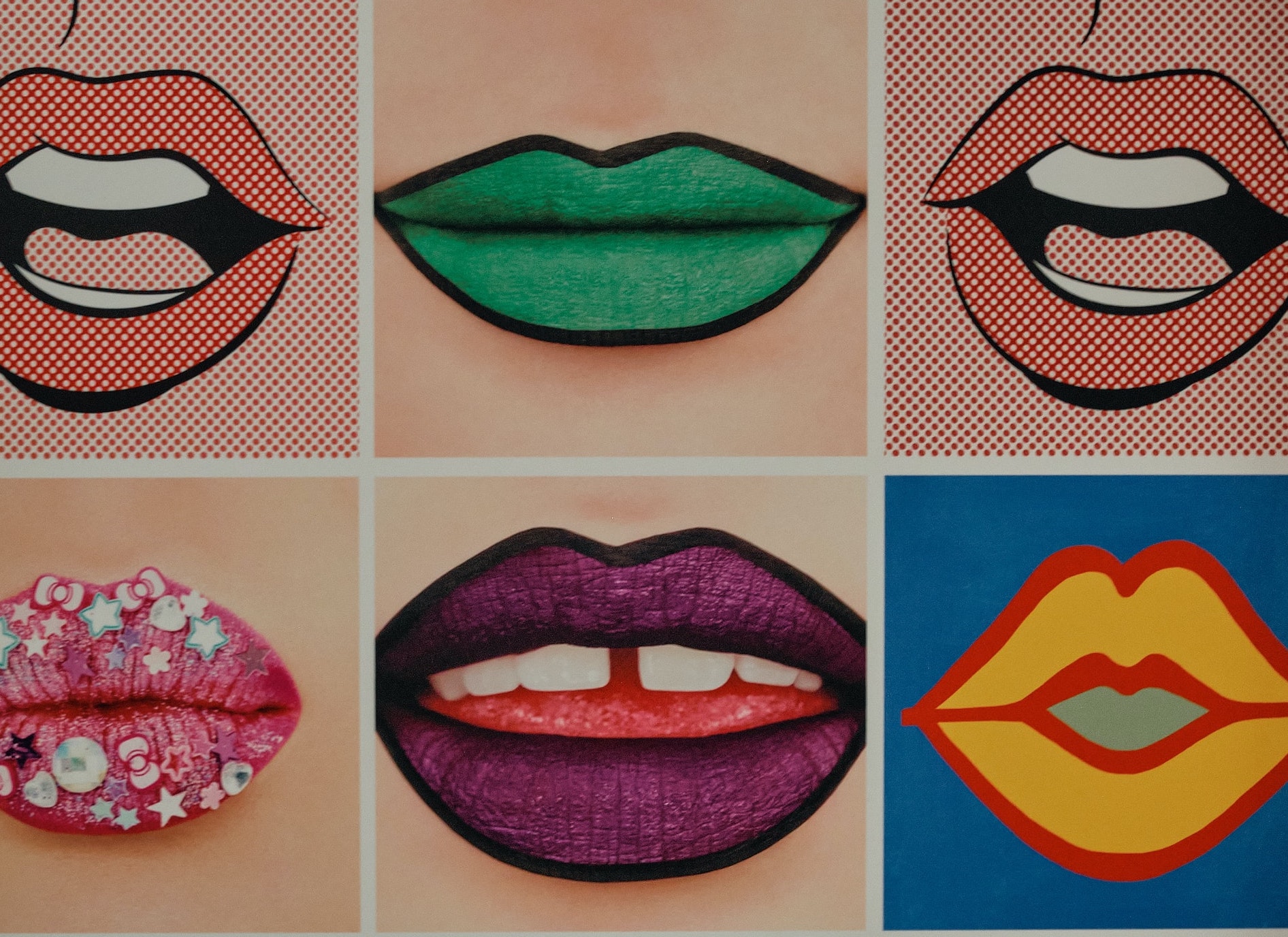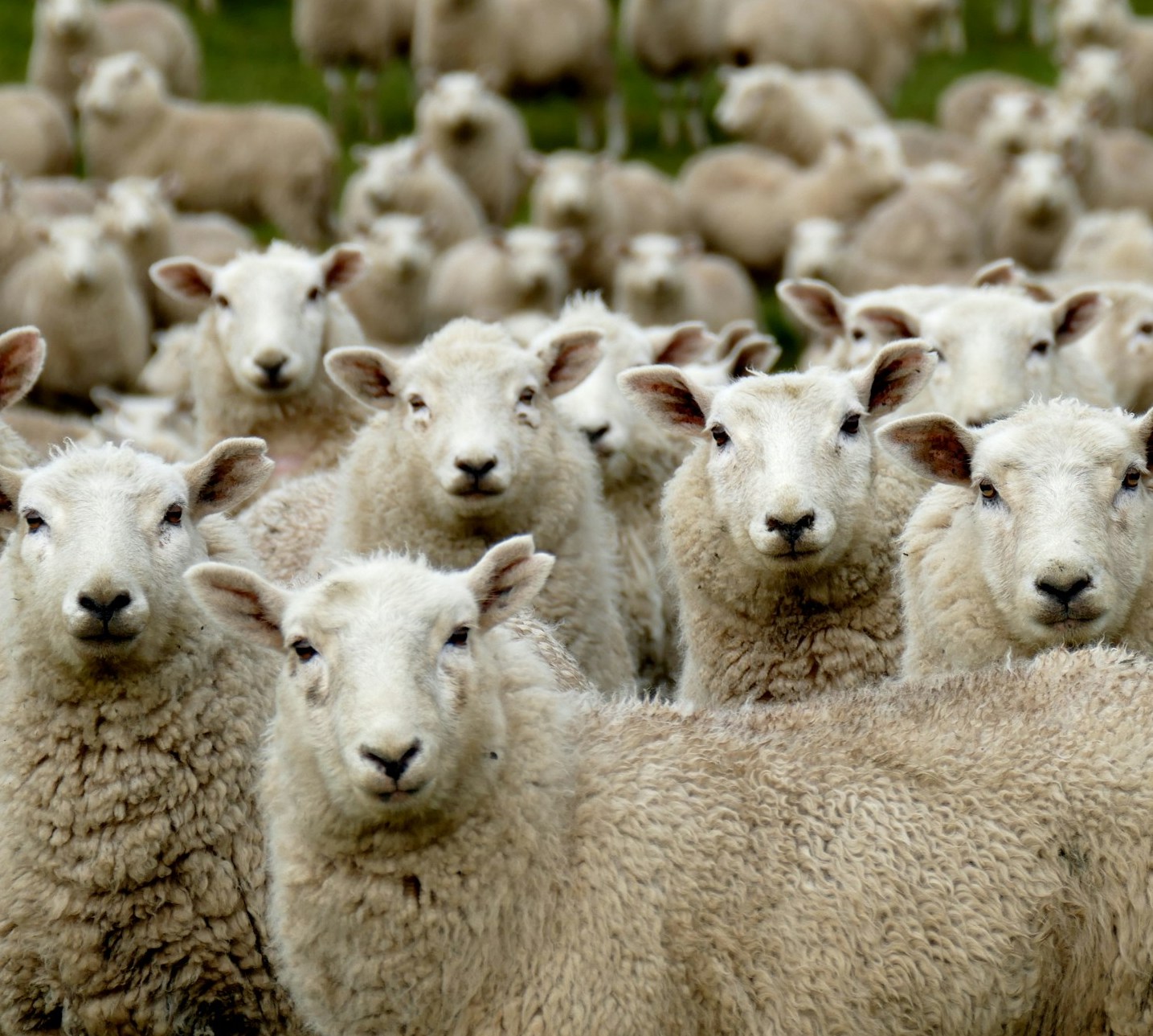What is an appropriate pedagogical response when criticality assumes characteristics of orthodoxy? Kira Huju explores the curious case of comfortable criticality.
Teaching a course on critical perspectives in international relations last year, I discovered that there may be such a thing as too much success in challenging a disciplinary mainstream. Whereas the famously pessimistic philosopher Herbert Marcuse believed that diversifying curricula would only reinforce the status quo because students, presented with an array of mainstream and critical approaches, would gravitate towards the conventional, my experience is the opposite: there can be an almost uncritical embrace of the critical.
Elevating critical theories from the margins
The course I taught, International Relations: Critical Perspectives (IR487), is one I would have loved to take as a graduate student and one I taught with joy as an academic. It examines critical theories of the international: post/decolonial critiques of Eurocentrism and empire, feminism, postpositivist readings of modernity and the philosophy of science. It elevates critical theories from the margins to the centre of intellectual endeavour for an entire term. In other words, we were doing precisely what Marcuse advocated.
Deploying Marcuse to mount a critique of liberal efforts at curriculum diversification, Stephen Brookfield argues that such reform exemplifies what Marcuse called repressive tolerance. Repressive tolerance ensues when the seemingly value-neutral or even liberal act of placing critical perspectives alongside mainstream research reifies the notion that the mainstream is reasonable and critical scholarship is marginal. Critical works are perceived as political alternatives to an ostensibly neutral mainstream. Socio-ideological conditioning primes students to find the mainstream more commonsensical, so that, Marcuse writes, “the process of reflection ends where it started: in the given conditions and relations”. IR’s decolonising efforts repeat this pattern. Meera Sabaratnam – featured in our syllabus – argues that including non-white standpoints fails to unsettle the whiteness of mainstream theorising. Marcuse proposed that the way out of lukewarm impartiality was exposing students only to radical texts – to “information slanted in the opposite direction”. IR487 does precisely this.
The margins and the mainstream switched places.
Yet in our class, Marcuse was turned upside down: students were intuitively drawn to arguments designated as marginal and demonstrably sceptical of the mainstream. We arrived where Marcuse was supposed to help us escape: a comfortable orthodoxy. There was virtually no questioning whether mainstream IR was irredeemably white, power was best studied through Foucauldian poststructuralism, or international anarchy was a Eurocentric concept. Debates occurred in unexpectedly strict confines. Despite my repeated homage to viewpoint diversity, overt scepticism of the readings was scarce. The margins and the mainstream switched places. This is paradoxical: being critical, Jennifer Mulnix writes, means avoiding conformist thinking. In conformity, what is critical about our thinking?
An instinct towards orthodoxy?
The problem with what I call orthodox criticality is that it inhibits independent thinking. Instead, we find a careful reproduction of arguments deemed acceptably critical. There are multiple explanations for this phenomenon: student self-selection onto an optional course, groupthink which emerges as the Overton window settles into place in the first few weeks, a concern with grades that wrongly conflates espousal of particular views with the likelihood of a distinction. Perhaps we have an instinct towards orthodoxy, a need for ordering majority and minority views.
There is some irony here. IR487 espouses the ideals and praxis of criticality: a “critical mode of being-in-the-world” which “starts from the particularity of the first-person experience and exhibits a healthy scepticism” towards established custom, Gerry Dunne explains. Criticality moves beyond critical thinking to critical self-reflection and action. Conventional critical thinking celebrates instrumentalist epistemic ideals: rationality, objectivity, generalisability. Criticality, Dunne argues, “emancipates us from the epistemic slavery imposed by convention”, “empowers us to question the rules”, and encourages us “to revise them in light of our lived experience” – rejecting positivist assumptions about objectivity in particular. Criticality is precisely what IR487 – with its foundational scepticism of conventional critical thinking – hopes to teach.
My encounters with orthodox criticality make me question what it means to cultivate discomfort in the classroom. As a pedagogical and intellectual exercise, I encourage students to sit in the discomfort of participating in much of their prior education being pulled up by its roots. As Mulnix argues, being critical often means rejecting comfortable positions. And yet these uncomfortable positions often became visibly comfortable, because the ‘sitting’ now carried intellectual prestige, peer approval, and moral clarity.
I propose foregrounding a dual praxis: being critical of critical IR and of the critical self.
What is an appropriate pedagogical response when criticality assumes characteristics of orthodoxy? On a critical IR course, the solution cannot be a diversified syllabus. There is no inherent benefit to rehearsing a mainstream to which students are overexposed elsewhere. Besides, my broader teaching experience suggests that, in most pedagogical spaces, Marcuse is onto something.
Instead, I propose foregrounding a dual praxis: being critical of critical IR and of the critical self.
Being critical of critical IR means underscoring that there is no singular, fixed, uncontested way of being critical. Doing critical IR is not about imbibing a critical canon. It is about developing a sovereign voice which draws on existing scholarship but challenges it too. This is often counterintuitive for students from academic traditions that valorise memorisation and descriptive essay-writing. Critical scholars disagree among themselves; dwelling longer on such contestations might mitigate against an emergent orthodoxy.
A polyphony of voices
Ian Baptiste argues that progressive educators should side with the oppressed. Yet it is contrary to criticality’s liberatory goals to reify some obvious sense of those who are marginalised or oppressed. Among a student cohort instinctively sympathetic to the oppressed, the educator’s task is to complicate the belief that we know who the oppressed are, what they need or think, or what their oppression says about their moral position. As my erstwhile mentor Sudhir Hazareesingh says, redesigning IR and politics syllabi should allow not for a narrowing but an expansion of student exposure to complex topics. Decolonial IR should not be taught by replacing one metanarrative with another. There is no single story of the oppressed. The inherent polyphony of voices questioning the mainstream West should be emphasised, not least to guard against an essentialist and homogenising understanding of the rest.
Then there is criticality of one’s critical self. Many IR487 students are extremely impressive in their ability to question their own positionality according to intersectional logic, querying how their class, gender, race or caste shapes their thinking. I may need to encourage more awareness of the political positionality of the student who is well-versed in debates on positionality. Identity-protective cognition may play a role: we all tend to selectively credit and discredit evidence so it aligns with the ideational commitments of our in-group. In critical IR, we should meditate on the fact that in-groups are not only inherited in the intersectional sense, but also include adopted political tribes. This is a pedagogical challenge, especially for politically engaged students. If being critical is an identity marker, the performance of particular expressions of criticality becomes more tightly choreographed.
I treasure teaching critical IR because, at its best, it makes students not only sharper intellectuals but more discerning citizens. It is a luxury problem Marcuse could scarcely have imagined for students to be almost too eager to internalise critical scholarship. In classrooms where repressive tolerance is at the risk of being superseded by orthodox criticality, the dual corrective involves a more polyphonous and self-reflective praxis of criticality.
Note: A version of this post first appeared on 23 February 2023 on the Contemporary Issues in Teaching and Learning Blog, part of the PGCertHE programme at the LSE.
_____________________________________________________________________________________________ This post is opinion-based and does not reflect the views of the London School of Economics and Political Science or any of its constituent departments and divisions. _____________________________________________________________________________________________
Main image: Andrea Lightfoot on Unsplash





